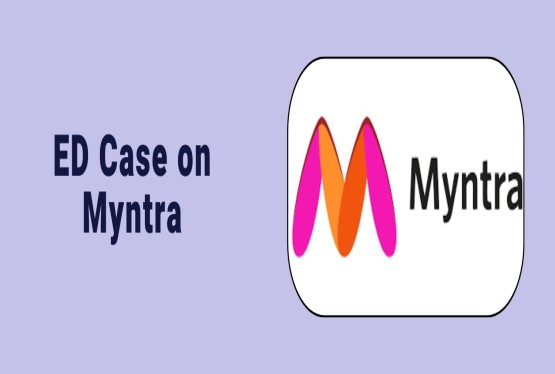With India advancing rapidly in industrialization and infrastructure development, electrical safety has emerged as a crucial factor across sectors like construction, manufacturing, and power generation. A fundamental regulatory requirement in this space is obtaining CEIG Approval—a mandatory clearance that certifies your electrical installations meet the necessary safety and technical standards.
Whether you're launching a new factory, installing high-capacity transformers, or setting up solar energy systems, CEIG approval is essential for legal compliance and operational safety.
This article provides a complete overview of CEIG, including its full form, when approval is required, the approval process, relevant legal provisions, and its importance for industrial and infrastructure-based projects.
What is CEIG?
CEIG stands for Chief Electrical Inspector to the Government, a statutory authority designated by the State Government under the provisions of the Electricity Act, 2003. The primary responsibility of the CEIG is to regulate and ensure the safe design, installation, and operation of electrical systems, especially those involving high-voltage and industrial applications.
Operating under the State Electrical Inspectorate, the CEIG plays an important role in verifying that all major electrical installations adhere to established safety norms and legal standards. Their oversight ensures compliance with the following regulations:
-
Central Electricity Authority (CEA) Regulations
-
Indian Electricity Rules
-
Electrical Safety Provisions of the Electricity Act, 2003
What is CEIG Approval?
CEIG Approval refers to the mandatory certification granted by the Chief Electrical Inspector to the Government (CEIG), confirming that an electrical installation complies with all prescribed safety, technical, and regulatory standards.
This approval is essential before energizing or commissioning High Tension (HT) or Extra High Tension (EHT) electrical systems—commonly found in industries, commercial buildings, hospitals, data centers, and renewable energy projects like solar and wind power plants.
The CEIG inspects and verifies that installations such as transformers, switchgear, DG sets, inverters, and control panels are correctly designed, safely installed, and in accordance with: The Electricity Act, 2003, Central Electricity Authority (CEA) Safety Regulations, and Relevant state-specific electrical rules.
Without CEIG approval, operating such systems is not only unsafe but also illegal, potentially attracting penalties or disconnection of power supply by authorities.
When is CEIG Approval Required?
CEIG Approval is mandatory in specific situations involving high-voltage and critical electrical installations to ensure compliance with statutory safety norms. It is required before energizing, modifying, or expanding such systems. Below are the key scenarios where CEIG approval is essential:
High Tension (HT) and Extra High Tension (EHT) Installations
CEIG approval is mandatory for all electrical systems operating above 650 volts, including High Tension (HT) and Extra High Tension (EHT) installations. These are typically used in industrial plants, large buildings, and substations requiring high-capacity power supply and safety compliance.
Solar and Wind Power Plants
CEIG approval is required for commissioning solar and wind power plants, especially those exceeding 10 kW or as per state norms. It ensures that renewable energy installations meet safety, design, and grid compliance standards before being connected to the power system.
Installation of Transformers and DG Sets
Installing transformers or diesel generator (DG) sets requires CEIG approval to ensure compliance with electrical safety standards, proper earthing, and load management before these high-capacity systems are energized or used.
Public and Commercial Buildings
CEIG approval is essential for electrical installations in public and commercial buildings like malls, hospitals, schools, and IT parks to ensure safety compliance before power supply is connected and operations begin.
Expansion or Modification of Existing Systems
Any expansion, load increase, or modification in an existing electrical setup requires fresh CEIG approval to verify continued compliance with safety norms and ensure the upgraded system is safe for operation.
Battery Energy Storage and EV Charging Stations
CEIG approval is required for large battery energy storage systems and EV charging stations to ensure electrical safety, proper installation, and compliance with voltage and capacity norms before commissioning or grid integration.
Applicable Legal Provisions for CEIG Approval
CEIG approval is governed by various laws and regulations that ensure electrical installations meet technical and safety standards. The key legal provisions include:
The Electricity Act, 2003
This central legislation provides the legal framework for generation, transmission, distribution, and safety of electrical installations in India. It authorizes the appointment of the Chief Electrical Inspector to the Government (CEIG) by state governments and mandates inspections for high-voltage systems.
Central Electricity Authority (Measures Relating to Safety and Electric Supply) Regulations, 2010
These regulations, issued by the Central Electricity Authority (CEA), detail the safety requirements for electrical installations, including wiring, earthing, protection systems, clearances, and periodic inspections. CEIG approval ensures compliance with these safety norms.
Indian Electricity Rules, 1956 (where applicable)
Although partially superseded by CEA regulations, some states continue to follow the Indian Electricity Rules, particularly for certain operational and administrative procedures relating to inspections and approvals.
State-Specific Electrical Inspectorate Rules
Each state may have its own additional guidelines or procedures issued by the State Electrical Inspectorate or Power Department. These may include timelines, fee structures, formats, and special conditions for CEIG approval.
Documents Required for CEIG Approval
To obtain CEIG (Chief Electrical Inspector to the Government) Approval, applicants must submit a comprehensive set of documents that demonstrate the safety, compliance, and technical readiness of the electrical installation. While the exact requirements may vary slightly by state, the following documents are generally required:
-
Application Form: Duly filled CEIG application form as prescribed by the State Electrical Inspectorate.
-
Single Line Diagram (SLD): A clear and certified single line diagram of the electrical system showing all equipment like transformers, panels, switchgear, earthing, and interconnections.
-
Site Layout Plan: Detailed site plan showing the location of electrical equipment and installations within the premises.
-
Load Calculation Sheet: A load summary detailing connected load, maximum demand, transformer capacity, and sizing of conductors, cables, and breakers.
-
Technical Specifications and Test Reports: Manufacturer’s datasheets, routine and type test certificates for major equipment such as: Transformers, HT/LT Panels, Switchgear, DG Sets, and Inverters.
-
Equipment Warranty and Conformity Certificates: Certificates confirming that all equipment complies with relevant BIS/IEC/IS standards.
-
Electrical Contractor License & Competency Certificate: Valid electrical contractor license and competency certificate of the supervising engineer or technician.
-
Safety Certificate from Licensed Electrical Contractor: A formal declaration that the installation has been completed in accordance with the approved drawings and safety norms.
-
Fire Safety & Earthing Details: Earth pit location with resistance test report, Lightning protection system (if applicable), Fire extinguisher arrangements.
-
No Objection Certificate (NOC) from DISCOM: Permission or clearance from the local power distribution company, especially for grid-connected systems.
-
Photographs of the Installation: Color photographs showing key components like earthing, transformer yard, control panels, cable trenches, and signboards.
-
Fee Receipt: Proof of payment of the statutory inspection or approval fee, as per the applicable state government rules.
Submitting complete and accurate documentation is important for smooth processing and timely grant of CEIG approval. It is recommended to consult with a licensed electrical consultant or contractor to ensure compliance with all local requirements.
Procedure for CEIG Approval
Obtaining CEIG (Chief Electrical Inspector to the Government) Approval is a mandatory compliance step before commissioning high-voltage or industrial electrical installations in India. The approval ensures that your setup meets all safety, technical, and regulatory requirements. Here is a step-by-step guide to the CEIG approval process:
Step 1: Preparation of Technical Documents
Begin by preparing all required technical documents, including:
-
Single Line Diagram (SLD)
-
Site layout and load calculation sheet
-
Equipment specifications and test certificates
-
Safety certificate from a licensed electrical contractor
-
Fire and earthing details
Step 2: Application Submission
Submit the complete application form along with all supporting documents to the Office of the Chief Electrical Inspector or State Electrical Inspectorate, either physically or through the designated online portal (if available in your state).
Attach:
-
Prescribed government fee receipt
-
NOC from the local DISCOM (if required)
-
Contractor license and competency certificate
Step 3: Technical Scrutiny of Application
The CEIG office reviews the submitted documents for completeness and conformity to the Electricity Act, 2003, CEA Safety Regulations, and any state-specific electrical rules. Discrepancies, if any, may be raised for clarification or rectification.
Step 4: Site Inspection by CEIG
Once the documents are verified, the CEIG schedules a physical inspection of the site. During this inspection, the following aspects are typically checked:
-
Quality of earthing and insulation
-
Proper installation of transformers, DG sets, panels
-
Protective relays, safety signage, and fire arrangements
-
Cable routing, terminations, and clearances
-
Compliance with SLD and approved layout
Step 5: Rectification (If Required)
If any non-compliance or defect is observed during inspection, the CEIG issues a rectification report. The applicant must address the issues and request a re-inspection.
Step 6: Grant of CEIG Approval
Once the installation complies with all required standards and safety norms, the CEIG issues the Safety Approval Certificate or Energization Certificate. Only after receiving this certificate can the electrical system be legally energized and put into operation.
Step 7: Intimation to DISCOM (if applicable)
In grid-connected systems, submit a copy of the CEIG approval to the local power distribution company (DISCOM) for final connection or load release.
Tips for Faster CEIG Approval:
-
Engage a certified electrical consultant or contractor experienced in HT/EHT systems
-
Double-check all documents before submission
-
Maintain clear labeling, signages, and compliance at the site
-
Respond promptly to inspection queries or observations
Why CEIG Approval is Important
CEIG Approval is not just a legal formality—it plays an important role in ensuring the safety, reliability, and regulatory compliance of high-voltage electrical installations. Whether in industrial, commercial, or renewable energy setups, obtaining this certification is essential before energizing or using such systems. Here's why CEIG approval matters:
Ensures Electrical Safety
CEIG approval confirms that the installation meets prescribed safety standards, minimizing the risk of electrical accidents such as shocks, short circuits, fire, or equipment failure. It protects both life and property.
Mandatory Legal Compliance
Operating electrical systems without CEIG approval is a violation of the Electricity Act, 2003 and may attract penalties, prosecution, or disconnection of power supply. The approval ensures your project remains within the legal framework.
Required for DISCOM Power Connections
Distribution companies (DISCOMs) generally require CEIG clearance before granting new HT or EHT power connections, increasing connected load, or energizing transformers and substations.
Boosts Credibility and Project Readiness
For industries, EPC contractors, and solar developers, CEIG certification enhances project credibility and investor confidence by assuring that electrical infrastructure is installed correctly and is ready for safe operation.
Facilitates Insurance and Claims
Insurance companies often demand CEIG approval certificates while settling claims related to electrical fires, damage, or system failure. Without it, claims may be rejected or delayed.
Promotes Accountability and Best Practices
The inspection process encourages adherence to proper engineering practices, usage of certified equipment, and maintenance of detailed documentation, all of which lead to long-term operational efficiency.
Common Challenges in Obtaining CEIG Approval
While CEIG Approval is essential for the safe and legal operation of high-voltage electrical installations, the process can be complex and time-consuming. Several challenges may arise during documentation, inspection, or coordination with government agencies. Here are the most common difficulties applicants face:
Incomplete or Incorrect Documentation
One of the biggest reasons for delays in CEIG approval is the submission of incomplete or improperly prepared documents—such as missing test certificates, incorrect load calculations, or outdated Single Line Diagrams (SLDs).
Delay in Site Inspection
Due to limited availability of Chief Electrical Inspectors or overloaded inspection schedules, site visits may be delayed, pushing back commissioning timelines and project deadlines.
Non-Compliance with Safety Standards
Installations that do not meet safety norms—such as poor earthing, missing signage, improper relay settings, or exposed conductors—often receive rectification notices, leading to costly rework and re-inspections.
Lack of Coordination with DISCOMs
In grid-connected projects, coordination between the applicant, DISCOM, and CEIG office is important. Miscommunication or pending No Objection Certificates (NOCs) from the distribution company can delay the approval process.
State-Specific Regulatory Variations
Each state may have its own specific procedures, inspection formats, fee structures, and documentation requirements. Not adhering to these localized norms can lead to rejection or additional scrutiny.
Changes During Project Execution
If equipment specifications, load design, or panel arrangements are changed during construction without updating the CEIG application, it may result in non-approval or the need for re-submission.
Unfamiliarity with Technical Standards
Applicants or contractors lacking knowledge of CEA Regulations, Electricity Act provisions, or state safety codes may struggle to meet the expectations of CEIG authorities.
How to Overcome These Challenges:
-
Work with licensed and experienced electrical consultants or contractors
-
Prepare all documentation meticulously
-
Maintain proper safety signage, grounding, and insulation on-site
-
Keep communication open with DISCOM and CEIG officials
-
Stay updated with state-specific CEIG rules and timelines
Conclusion
CEIG Approval is a vital regulatory requirement for any high-voltage or large-scale electrical installation in India. It ensures that electrical systems are designed, installed, and operated in compliance with safety standards prescribed under the Electricity Act, 2003 and CEA regulations. From industrial units and commercial complexes to renewable energy projects, CEIG certification safeguards lives, property, and infrastructure by minimizing electrical hazards. While the process involves detailed documentation, inspections, and coordination with authorities, timely planning and professional guidance can simplify the journey. Ultimately, CEIG approval not only ensures legal compliance but also promotes responsible engineering, operational efficiency, and long-term system reliability—making it an essential step for any organization investing in electrical infrastructure.
If you have any queries regarding Company Registration, Trademark Registration, Business License, then you can connect with Compliance Calendar LLP experts through email info@ccoffice.in or Call/Whatsapp at +91 9988424211.
FAQs
Q1. What is CEIG Approval and why is it required?
Ans. CEIG Approval is a safety certification granted by the Chief Electrical Inspector to the Government. It is mandatory for commissioning high-voltage electrical installations to ensure compliance with safety norms and legal regulations under the Electricity Act, 2003.
Q2. Who needs to obtain CEIG Approval?
Ans. Industries, commercial buildings, solar/wind plants, and any entity installing high-tension (HT) or extra high-tension (EHT) systems above 650 volts must obtain CEIG approval before energizing the electrical setup.
Q3. How long does it take to get CEIG Approval?
Ans. The timeline typically ranges from 15 to 60 days, depending on the complexity of the project, documentation completeness, state-specific procedures, and the availability of the inspecting officer.
Q4. Can CEIG Approval be obtained online?
Ans. In some states, the CEIG application process is partially or fully digitized. Applicants can submit forms, upload documents, and track status through the State Electrical Inspectorate’s official portal.
Q5. What happens if CEIG Approval is not obtained?
Ans. Operating electrical systems without CEIG approval is illegal and can result in penalties, disconnection of power supply, insurance claim rejection, or legal action under the Electricity Act.












































































_crop10_thumb.jpg)







_Rules,_2025_learn_crop10_thumb.jpg)




































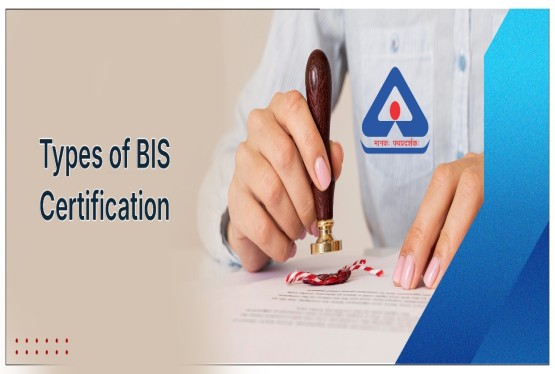

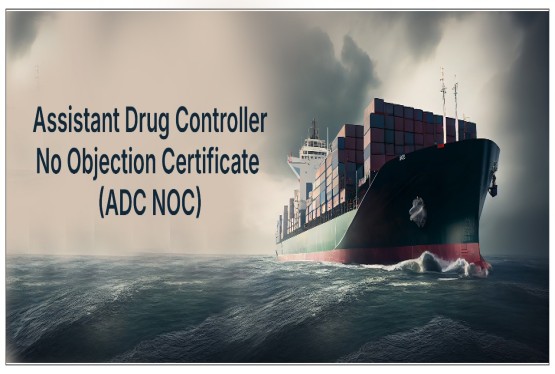






















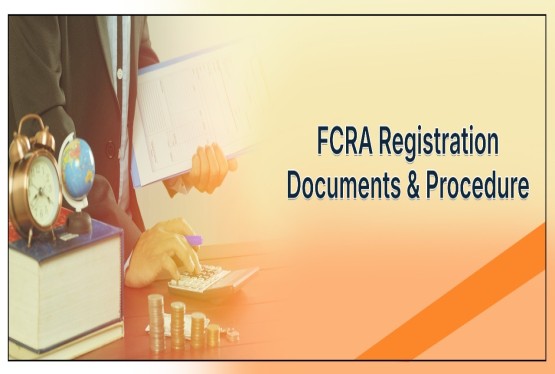


























_crop10_thumb.jpg)








 in BIS FMCS_learn_crop10_thumb.jpg)










_crop10_thumb.jpg)














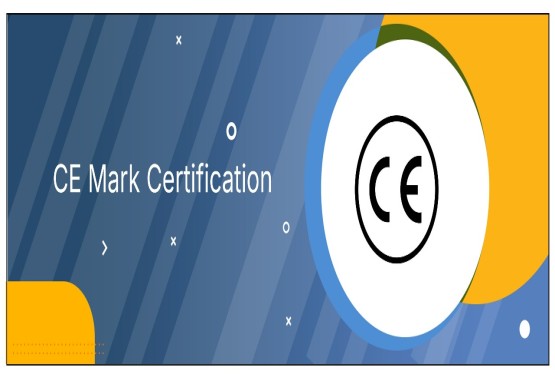
_crop10_thumb.jpg)





_Code C-888_learn_crop10_thumb.jpeg)
_learn_crop10_thumb.jpg)

































































_Certificate_learn_crop10_thumb.jpg)

_Certificate_(1)_crop10_thumb.jpg)

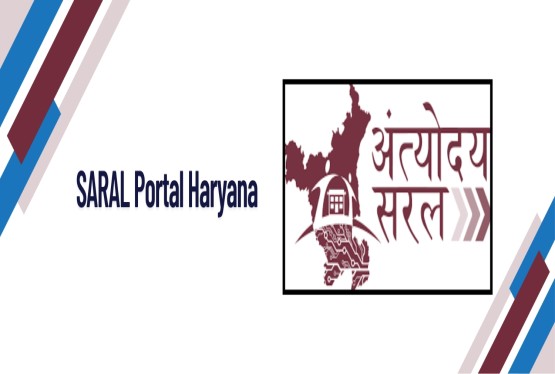



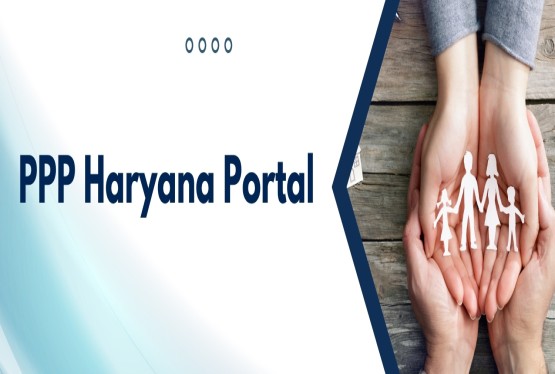








_learn_crop10_thumb.jpg)

_crop10_thumb.jpg)


















_Scheme_learn_crop10_thumb.jpg)


_learn_crop10_thumb.jpg)

